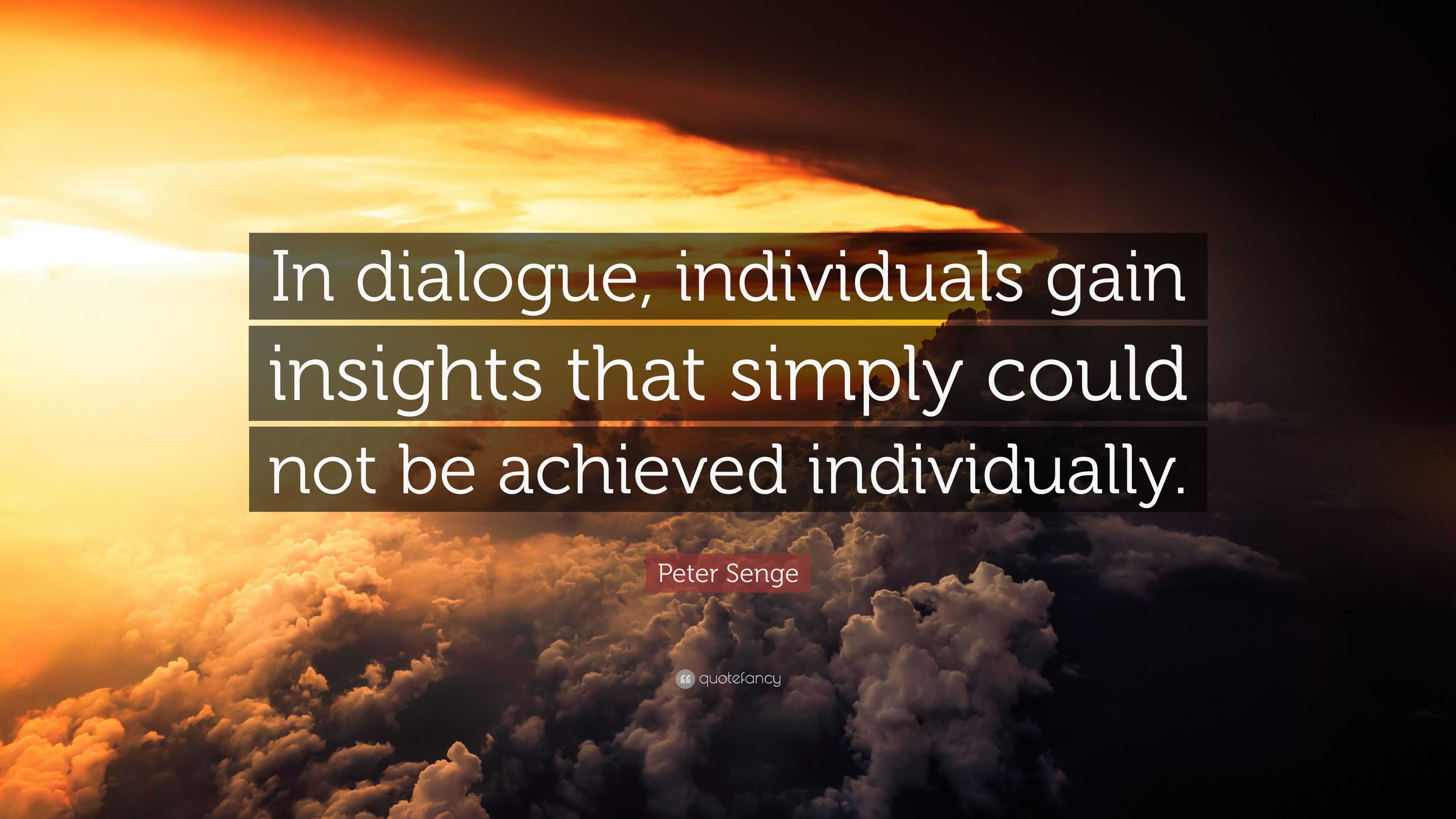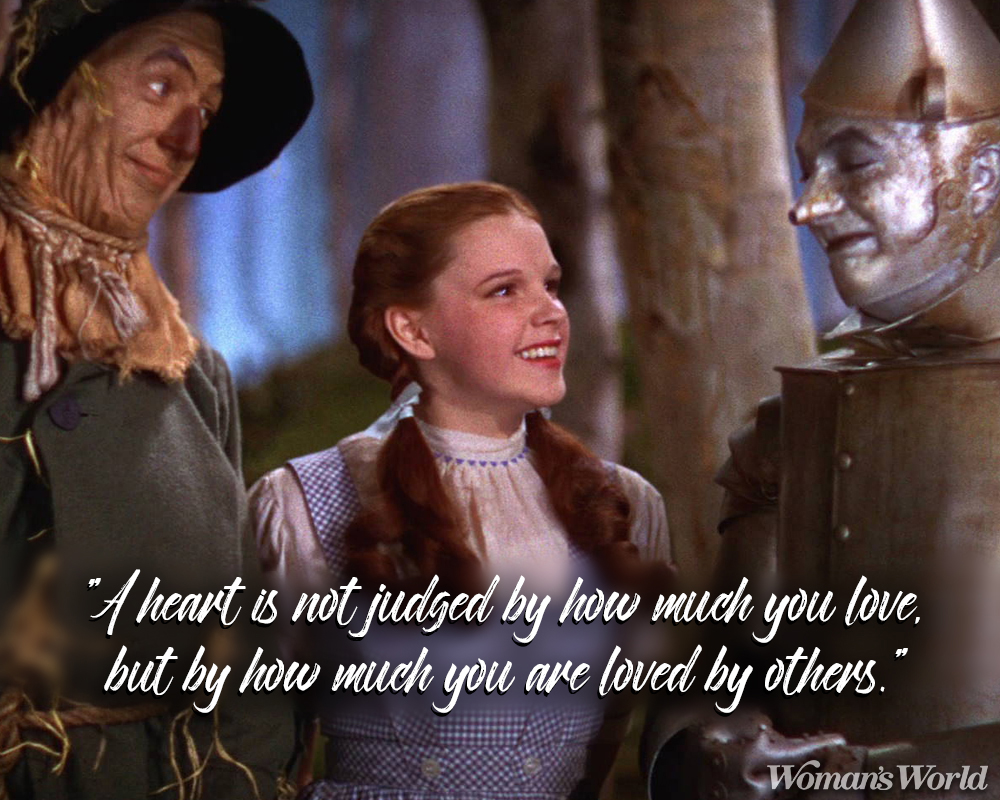Dialogue quote quotes between two
Table of Contents
Table of Contents
Are you struggling with how to properly quote dialogue in your writing? Look no further! Learning how to quote dialogue can improve your writing by making your characters’ conversations more fluid and natural. Keep reading to learn the ins and outs of quoting dialogue.
The Pain Points of Quoting Dialogue
Dialogue can add depth to your story and help develop your characters, but it can also be tricky to correctly format and punctuate. Incorrectly quoted dialogue can confuse the reader, disrupt the flow of the story, and make your work appear unprofessional. Ensuring that you know how to quote dialogue correctly can help avoid these issues.
The Target of Quoting Dialogue
Quoting dialogue is used when a character is speaking in a story or piece of writing. It is important to punctuate quoted dialogue properly to differentiate when a character is speaking versus when the narrator is speaking. Quoting dialogue allows readers to understand the relationships between the characters, their thoughts, and feelings, making a story more immersive and engaging.
Main Points of How To Quote Dialogue
To properly quote dialogue, start a new paragraph with each new speaker, use double quotation marks, and include proper punctuation. It is also important to use dialogue tags to identify the speaker and action tags to describe any actions during the dialogue. By following these guidelines, you can ensure that your dialogue is properly punctuated and flows smoothly within your writing.
Target of How To Quote Dialogue and Personal Experience
When I first started writing, I struggled with quoting dialogue. I found it difficult to properly punctuate and format the dialogue in a way that was easy to read and flowed smoothly. By studying examples and practicing, I was able to master the art of quoting dialogue. Now, my characters sound more natural, and my readers can follow along more easily.
 The Importance of Quoting Dialogue
The Importance of Quoting Dialogue
Quoting dialogue is essential for conveying a character’s voice, thoughts, and emotions. By using dialogue, you can show rather than tell your readers what is happening in your story. Dialogue can make your writing feel more alive and engaging, drawing readers in and keeping them interested.
 ### How to Format Quoted Dialogue
### How to Format Quoted Dialogue
Quoting dialogue requires specific formatting to convey who is speaking and what they are saying. Quotation marks should always surround the spoken words, and dialogue tags should be used immediately before or after the quote to indicate who is speaking. Action tags can also be used to add more information about the scene, the character’s tone or expression, or their movements during the dialogue.
 #### Using Quoted Dialogue to Develop Your Characters
#### Using Quoted Dialogue to Develop Your Characters
Each character in your story has a unique voice and personality. Using quoted dialogue can help you develop your characters more deeply by showing how they speak and interact with others. Dialogue reveals thoughts, beliefs, desires, and fears, creating a more three-dimensional character that readers can relate to and understand.
Question and Answer Section
Q: What is the difference between dialogue and narration?
A: Dialogue is the direct speech of your characters, whereas narration is the commentary and explanation provided by the narrator.
Q: Do I need to use quotation marks for all types of dialogue?
A: Typically, quotation marks are only used for spoken dialogue. However, when referring to written material within your story, it is important to use italics or quotation marks to differentiate the text from the rest of your writing.
Q: When should I use dialogue tags?
A: Dialogue tags should be used whenever it is not clear who is speaking. They should be used immediately before or after the quoted dialogue, and can include a variety of verbs to show how the character is speaking, such as “said”, “whispered”, or “shouted”.
Q: Can I use dialogue to reveal backstory?
A: Yes, dialogue can be an effective way to reveal backstory. By having characters discuss past events or experiences, you can give your readers more information about your characters and their motivations.
Conclusion of How To Quote Dialogue
Knowing how to quote dialogue can greatly enhance your writing and create more engaging stories. By following the proper formatting guidelines, using dialogue tags and action tags, and allowing your characters’ voices to shine through, you can master the art of quoting dialogue and create more immersive worlds for your readers.
Gallery
How To Quote Dialogue - ShortQuotes.cc

Photo Credit by: bing.com / quoting shakespeare quotation verse
How To Quote Dialogue - ShortQuotes.cc

Photo Credit by: bing.com / dialogue quote quotes between two
How To Quote Dialogue - ShortQuotes.cc

Photo Credit by: bing.com / dialogue punctuation publishingschool punctuating
Peter Senge Quote: “In Dialogue, Individuals Gain Insights That Simply

Photo Credit by: bing.com / senge peter dialogue quote madonna quotes individuals insights gain mess sometimes go just make achieved simply could pay things quotefancy
How To Quote Dialogue - ShortQuotes.cc

Photo Credit by: bing.com / dialogue marks referring ends






